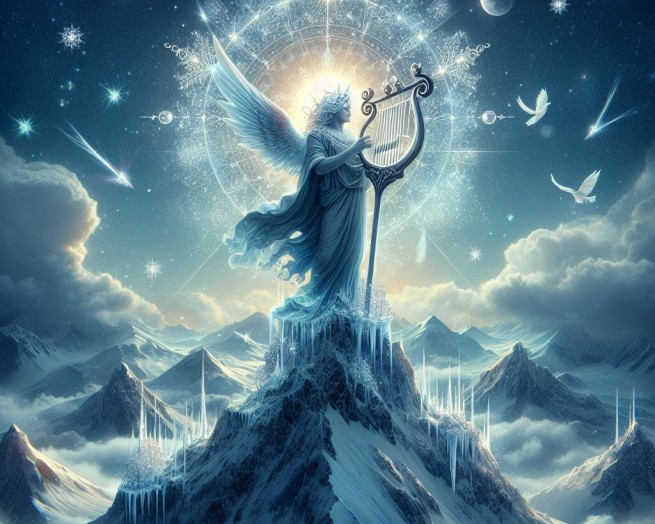Created by DALL·E 3
Today, December 22, the astronomical winter begins, which will last until the spring equinox, that is, until March 20.
At 05:27 the “winter solstice” arrived. The Sun, moving along the ecliptic, at that moment reached its most distant position from the celestial equator towards the South Pole. Astronomical (not to be confused with meteorological) winter will begin in the Northern Hemisphere of the planet, and summer in the Southern Hemisphere. At the same time, in the Northern Hemisphere there is the shortest daylight hours and the longest night. On the day of the winter solstice, at noon, you can observe the lowest position of the Sun above the horizon in the northern hemisphere of the Earth.
This date also marks first day of winterAlthough meteorological winter begins earlier. “While astronomical or calendar seasons begin with the equinoxes (spring and autumn) and solstices (summer and winter), in meteorology they begin earlier and correspond to periods of three full months“, explains EMY, indicating that meteorological winter begins on December 1 and ends on February 28 or 29.
The winter solstice does not always “fall” on the same date, but fluctuates between December 20 and 23, with December 21 and 22 being the most likely dates. The last time the winter solstice occurred was December 23 in 1903 and will not occur again until 2303. These calendar fluctuations are associated with the Gregorian calendar.
The winter solstice no longer occurs on December 25, as in the time of Christ, but a little earlier, because the old Julian calendar introduced by Julius Caesar in 44 BC was replaced, it set the winter solstice on December 25, but lost one day every 128 years. In 1582, Pope Gregory XIII introduced a new calendar named after him (the Gregorian), which loses only one day every 4,000 years.
The sun was worshiped as a deity by ancient peoples (from the Scandinavians and Iranians to the Mayans and Incas), who organized various festivals in his honor. Almost everywhere, the greatest celebrations took place at the time of the winter solstice, which was considered holiday of the rebirth of the sun and marked the beginning of a new year.
It is believed that prehistoric monuments such as Stonehenge in the UK were “meant” to record the movement of the Sun across the sky. Of central importance to the Romans was the festival of the “invincible Sun” on December 25, which celebrated the Sun beginning to rise again in the sky and thus the days are getting longer.







More Stories
Black swan in the Evros river delta
The weather will turn bad on Good Friday
Crete "shaking" – two earthquakes this morning